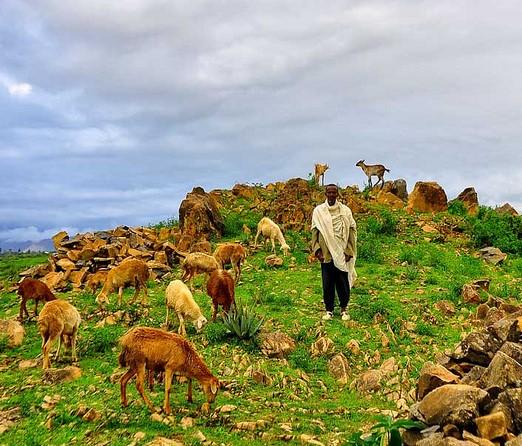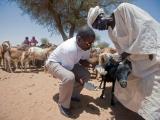Uganda's health ministry has reported a Rift Valley fever outbreak involving two of its districts, and Rwanda is reporting the disease in animals along with suspected human cases, events that are occurring alongside an ongoing outbreak in Kenya, the World Health Organization (WHO) African regional office said yesterday in its latest weekly outbreak report.
The outbreaks pose a threat to other countries in the region, especially East Africa, which is experiencing heavy rains, according to the WHO.
Livestock contract the virus from mosquitoes, and though humans can be infected by mosquitoes, the virus is more commonly passed by contact with blood or organs of infected animals or drinking milk from sick ones.
Uganda cases in 'cattle corridor'
In Uganda, two unrelated cases were confirmed on Jun 28 in two separate districts in the western part of the country. Both involve men who had exposure to animals. One patient is a 47-year-old butcher who got sick on Jun 20 and died at home the following evening. Health officials collected a postmortem sample and sent it to the Uganda Virus Research Institute (UVRI).
The second patient is a laborer and herder whose symptoms began on Jun 25. He was hospitalized and isolated the following day because of suspected viral hemorrhagic fever. Samples were collected during hospitalization and sent to the UVRI. The man died on Jun 30, and a safe burial was performed, the WHO said.
Another confirmed case has been reported from a third district, but the WHO said it is awaiting more information about the illness. Two other suspected cases are under investigation, and animal samples have been collected from the farm where one of the patients worked and from the slaughterhouse where the other worked.
Uganda's government has deployed a rapid response team to the affected districts, established an isolation unit at Mbarara Regional Hospital as the main treatment center, and prepared district hospitals to handle cases.
The WHO said the affected districts are in the "cattle corridor" that stretches from the southwest to the northeast regions of the country.
"The outbreak in Uganda is occurring at a time when Kenya is having a large RVF outbreak and Rwanda is experiencing an epizootic, with suspected human cases," the WHO said.
Kenya total grows; more animal outbreaks reported
In Kenya, where an outbreak has been under way since May, four more Rift Valley fever cases have been reported, raising the outbreak total as of Jul 4 to 94, 20 of them confirmed. Ten deaths have been reported. Illnesses have been reported in three counties: Wajir, Marsabit, and Siaya.
The country's agriculture ministry has reported several outbreaks in animals over the past few months, especially in areas that had experienced flooding after heavy rainfall.
Yesterday, officials reported four more outbreaks affecting Marsabit, Mandera, Baringo, and Meru counties, according to a notification from the World Organization for Animal Health (OIE).
The events began on farms from Jun 22 to Jul 2, killing 950 animals, which included sheep, camels, cattle, and goats. Investigators found that the source of the outbreaks were illegal animal movements, contact with infected animals at grazing areas, and vectors.
See also:
Jul 16 WHO African regional office weekly report
Jul 3 CIDRAP News scan "Illnesses climb to 90 in Kenya's Rift Valley fever outbreak"
Jul 16 OIE report on Rift Valley fever in Kenya
















